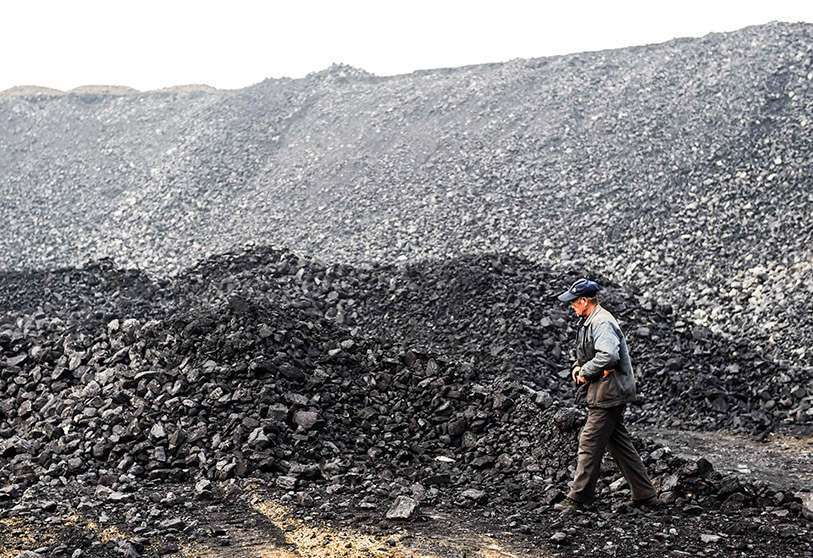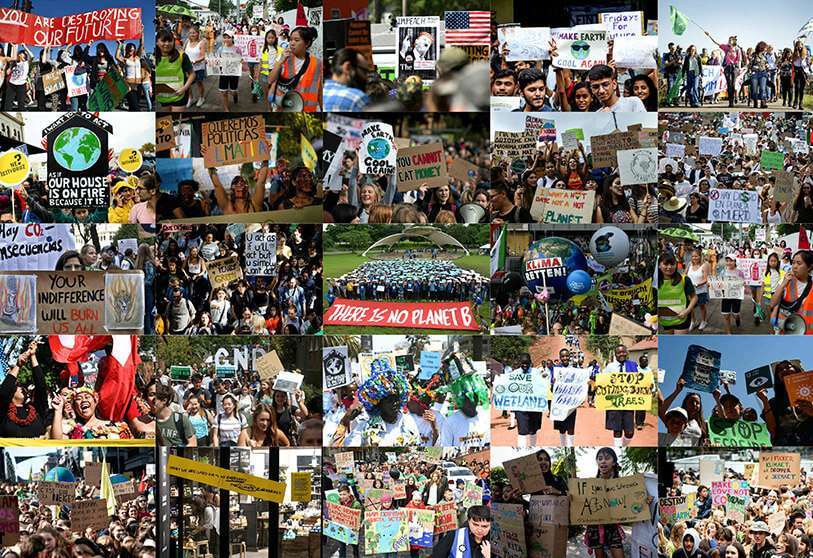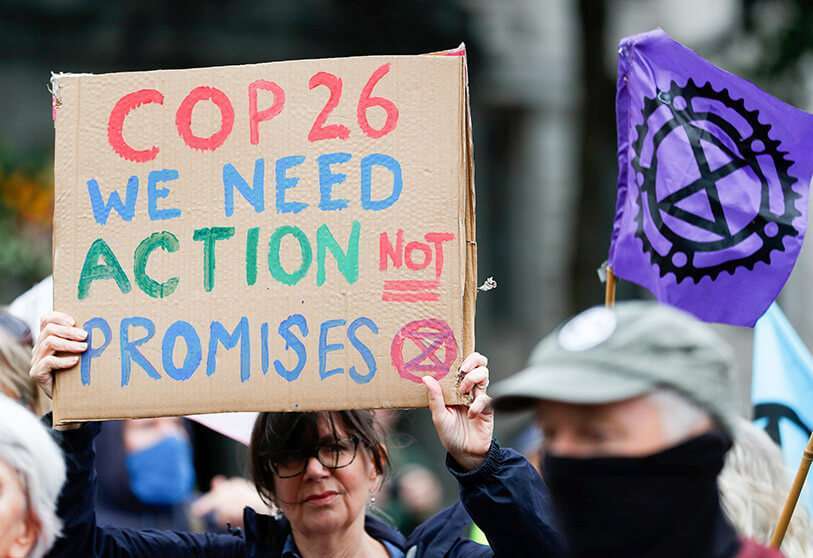Have you calculated your carbon footprint? 11 Latin American cities have already done it

The United Nations (UN) warning is clear: the Earth is now 1.1 degrees Celsius (°C) warmer than at the start of the industrial revolution. We are not on track to meet the targets agreed in the 2015 Paris climate change agreement, which stipulated keeping the global temperature increase well below 2°C or 1.5°C above pre-industrial levels.
To avoid warming above 1.5°C, the world will need to reduce the production of greenhouse gas (GHG) emissions by cutting fossil fuel consumption by about 6% per year between 2020 and 2030, among other actions. "Many governments are now moving in the right direction. By early 2021, countries representing more than 65% of global carbon dioxide emissions and more than 70% of the global economy will have made ambitious commitments to carbon neutrality," the UN says.

A study by two researchers from the Basque Centre for Climate Change, in which they analysed the adaptation plans of 59 of the world's largest coastal cities, also calls attention to the fact that cities are not adequately preparing for climate change impacts: Cities are not preparing adequately to cope with the impacts of climate change.
"Adaptation plans are still ineffective, among other factors, because funding processes are not well defined, responsibilities are not sufficiently assigned, the regulatory nature of such policies and plans is rather weak, knowledge on climate change impacts and risks is not adequately generated and used, and, finally, issues of equity and social justice are not yet well integrated," says Marta Olazabal, co-author of the report.

The research shows that some cities have made more effort than others in designing their adaptation plans. In this regard, the cases of Los Angeles and Baltimore (United States); Montevideo (Uruguay); Lisbon (Portugal) and Ulsan (South Korea) stand out. Among the policies that achieved the worst results in the analysis were those of Hong Kong and Shanghai (China), Sapporo (Japan), and Cape Town (South Africa).
To understand the magnitude of the problem and adopt the most efficient solutions, 11 Latin American cities calculated their carbon footprint, or inventory of GHG emissions, which is a quantitative indicator that reflects the impact that people, organisations, products, events, etc., have on climate change.

The analysis by sector shows that the Transport sector represents on average 46% of total emissions, followed by the Residential, Commercial, Institutional and Waste sectors with 21% and, finally, the Industrial sector with 13%. The per capita analysis shows that the cities of Santa Cruz de Galapagos (Ecuador), Guayaquil (Ecuador), Tarija (Bolivia), Quito (Ecuador) and Santa Cruz de la Sierra (Bolivia) have above average values, while Lima (Peru), Cali (Colombia), La Paz (Bolivia), Fortaleza (Brazil), Recife (Brazil) and Loja (Ecuador) have values below the average of all these cities.
"Through the "Cities Footprint Project" we also measure the water footprint, which is a multidimensional indicator of appropriation (use, consumption and pollution) of freshwater resources, to promote the inclusion of footprint indicators in the strategic planning of municipal governments and the definition of reduction targets; identify green financing opportunities in cities, among others. The action plans could be considered as potential investment portfolios for each city. Considering the implementation of the project in 11 cities in phases I, II and III, a potential reduction of more than 100 million tons of CO2 by 2032 has been estimated", states the report published by the Sustainability, Inclusion and Climate Change Directorate of CAF -development bank of Latin America, leader of this initiative.

The calculation of the carbon footprint that each person produces can be calculated for free here or through various applications on mobile devices.
The estimation of carbon footprint and water footprint in cities made it possible to identify 199 carbon footprint reduction initiatives and 97 water footprint reduction initiatives jointly and in concert with municipal governments. Among them, the following stand out: Eco-efficient neighbourhoods in La Paz; use of biogas at the Las Iguanas landfill in Guayaquil; the Green Corridor Phase III (Stage 1) project in Cali; the design and implementation of six decentralised wastewater treatment microplants in Tarija; and the reduction of the discharge of contaminated effluents into the Jiquiá River in Recife.

The project included the implementation of pilot actions with potential for scalability and replicability to the context of other Latin American cities for the development of municipal climate change mitigation and adaptation strategies. The application of these or other initiatives with similar aims will help to combat global warming, promote carbon neutrality and achieve more resilient cities for the benefit of all.
Nicolas Abrew, Senior Communications Executive at CAF
Visiones del Desarrollo is a section promoted by CAF -development bank of Latin America- that analyses the main development issues in the region. The articles it contains are published simultaneously in the main Latin American media.









